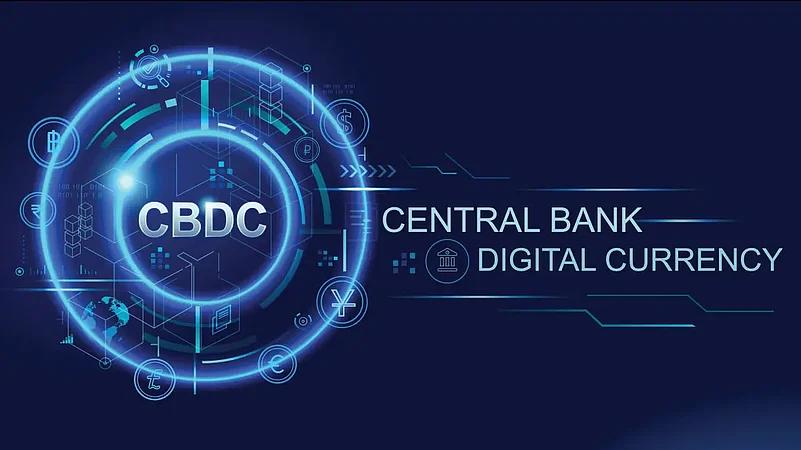FIS, a New York Stock Exchange (NYSE) listed company and a provider of technological solutions for financial institutions worldwide has launched its latest solution targeted at central bank digital currency (CBDC). It is called ‘RealNet Central’ and is a central infrastructure payment solution for CBDC transactions.
Regarding the rationale for launching such a solution, FIS said that with real-time payments increasing, many countries “must either modernise outdated payments infrastructure, or build entirely new real-time payments networks to move money faster.”
A central bank digital currency is a digital currency issued by a country’s government, the records of which will be maintained using Blockchain or similar distributed ledger technology (DLT).
Advertisement
Contrary to other privately issued tokens on Blockchain, a CBDC will be fully centralised, and be in full control of the government. In January this year, the Reserve Bank of India (RBI) formed a fintech department to study the feasibility of a CBDC, among other tasks.
According to a report by FIS, titled Global Payments 2022 Report, 72 per cent of the world’s population already has or will soon have access to instant payments.
The report further said that many international markets, such as Brazil, the UK, Japan, South Africa, Mexico and others are either replacing or renovating their established real-time payment services. India and the US are also introducing additional competing services that will complement already established schemes, the report said.
Advertisement
Aman Cheema, head of global real-time payments and CBDCs at FIS, said, “The global economy has rapidly shifted toward digital-first mindsets and methods. While the idea of making payments in real-time may sound simple, the reality of delivering on that promise is enormously sophisticated, especially when doing so across borders.”
What Will RealNet Central Do?
FIS said that RealNet Central will try and accelerate real-time payments adoption by connecting businesses, consumers, financial institutions and government organisations to real-time networks, both at the domestic and the international level.
The CBDC virtual lab, which is created in collaboration with the M10 networks will help central banks launch CBDC into their economy, FIS said.
This new CBDC virtual lab allows “central banks, commercial banks and other financial participants to experiment with and pilot the core concepts of issuance, transfer, redemption, offline payments, programmable payments, retail, wholesale and cross-border payments,” FIS said in the release.
Regarding the technology behind this lab, FIS said that the virtual lab is built using enterprise grade technology, and it supports over one million transactions per second with its latency being less than a second.
“Our latest offering sets out to change that, bringing consumers, businesses, financial institutions and governments closer together in the payments ecosystem,” added Cheema.
For those uninitiated, latency means the amount of time it takes a computer data to travel between the sender and the receiver. Think of it as if you are sending a message to someone away from your location So, latency is the amount of time it will take for that message to get delivered to that other person from your computer.















 Just one email a week
Just one email a week